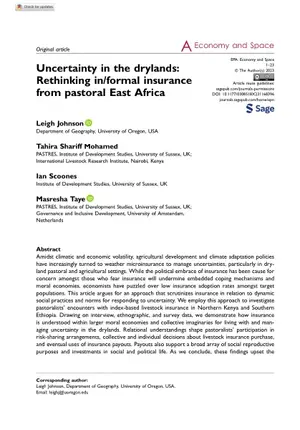
Trade liberalization, food, nutrition and health
Abstract
By its very nature, liberalizing food trade facilitates trade in food products and services across national borders. Measures included in trade agreements also enhance the ability of the large-scale private agro-food industry to conduct business transnationally and expand in countries previously dominated by small-scale production and retail. Through these processes, trade liberalization has the potential to influence food-related nutrition and health issues. The pathways of impact are broadly conceptualized in Figure 8.1. Measures designed to liberalize trade influence the entire food supply chain. Changes along the food supply chain then influence the environment in which consumers make food choices i.e., the availability of foodstuffs (amount, type and nutritional quality), the safety of that food, what it costs, and how it is marketed. These factors, established as important components of national and household food security, influence the choices people make about the food they eat. These affect the diets of consumers and, therefore the prevalence of foodborne diseases, undernutrition, and obesity and diet-related noncommunicable diseases (DR-NCDs). In addition to these links, there are a range of indirect effects through which trade liberalization could affect human nutrition and health. These include the effects on household incomes, and the inadvertent entry of emerging human, animal, and plant diseases. There is no precedent of countries undertaking impact assessments trying to predict the effect of policies designed to liberalize trade, or entire trade agreements, on food-related health. Following an overview of the different measures taken to liberalize food trade, this chapter goes through the four basic steps that can be taken to conduct such an assessment: (1) an assessment of the types of impacts trade liberalization could have, on a selected sub-set of key nodes in the food supply chain; (2) an assessment of the subsequent impact on food safety, food availability, food prices and food marketing; (3) an assessment on the foodrelated health outcomes themselves, namely foodborne diseases, undernutrition, and obesity and DR-NCDs; (4) an assessment of the implications of trade agreements on the policy space required to address these health conditions. In practice, the assessed impacts will vary widely between policies and national and local contexts; this chapter generically highlights potential impacts and provides examples of reported impacts where available. The chapter ends by raising some possible opportunities for using trade policy to improve nutrition and health.
Citation
Hawkes, C., Grace, D. and Thow, A.M. 2015. Trade liberalization, food, nutrition and health. IN: Smith, R., Blouin, C., Mirza, Z., Beyer, P. and Drager, N. (eds), Trade and health: Towards building a national strategy. Geneva, Switzerland: World Health Organization: 92-116.










